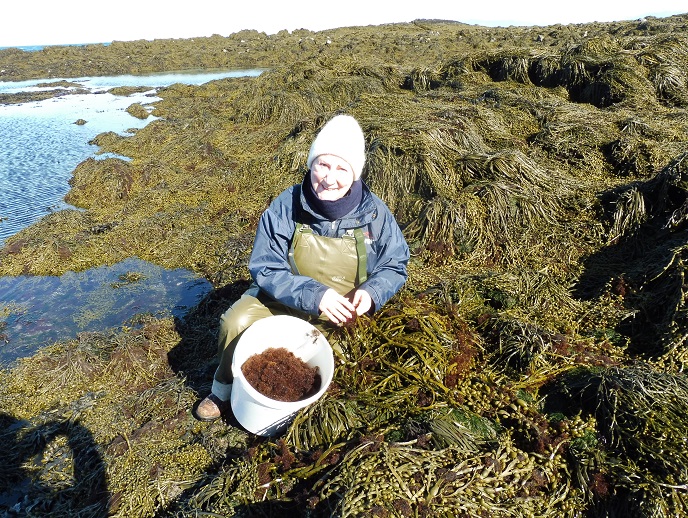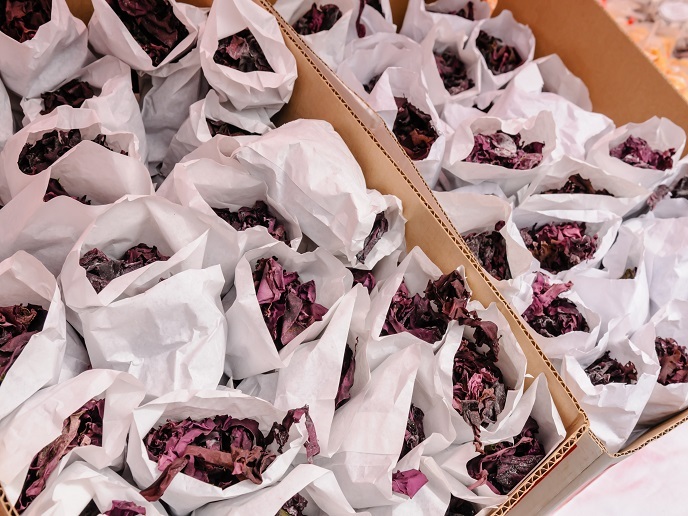A little-known sea vegetable is set to revolutionise world cuisine
Vertebrata lanosa (Polysiphonia lanosa) is a sea vegetable from the red algae family that resembles the taste of truffles. It is a very delicate product as its flavour can be easily affected by many things such as the season, location and weather. On account of these factors, it is also a challenging food item to share with the world. For the SEAGEM project though, no challenge is too great. Taken on by Íslensk hollusta(opens in new window), a leading supplier of innovative food products from natural Icelandic resources, “SEAGEM aimed to bring Vertebrata lanosa to cuisines around the world,” outlines project coordinator Eyjólfur Friðgeirsson, Icelandic biologist and CEO of Íslensk hollusta. If there’s a will, there’s a way Introducing the project, Friðgeirsson explains: “In 2015, we started collecting, processing, presenting and selling Vertebrata lanosa, which we have called sea truffles, to restaurants in France, Iceland and other Scandinavian countries.” Several chefs observed its truffle-like aroma, prompting Friðgeirsson to contact the Science Institute of the University of Iceland to test the aroma profile of Vertebrata lanosa. Friðgeirsson notes: “If the Vertebrata lanosa could be regarded in any way as a marine analogue of the earth truffle, it could become a product of great economic value.” From there, Phase 1 of the SEAGEM project involved a technical feasibility study that analysed the tests. Additionally, its commercial and financial feasibility of bringing it to the rest of the world was evaluated. What did SEAGEM discover? An analysis of the tests carried out on Vertebrata lanosa showed that “dimethyl sulphide is present in the vegetable,” reports Friðgeirsson. This is “one of the few compounds identified by scientists, expert sniffers and truffle experts as being responsible for the aroma of earth truffles.” SEAGEM further carried out an assessment of their current and potential distributors within their target regions: Europe, Asia Pacific and the United States. An in-depth analysis of the market environment for the food item and of their target market segments showed that high-end restaurants, speciality food shops, high-end catering and food producing companies should be targeted. Within this analysis, competitors were looked at and a commercialisation strategy for the sea truffle, including a pricing strategy that will lead to a profit margin of 84-86 %, was developed. Additionally, “we consolidated a business plan based on previous work, with a forecast of operations costs and sales of the sea truffle during the first five years of commercialisation.” This forecast yielded an accumulated net income of EUR 6.2 million. What’s in store for SEAGEM? Friðgeirsson notes: “Based on the work done in Phase 1, we conclude that we can continue with Phase 2 of the SEAGEM project.” The project has started to study the chemical composition of sea truffles using their own resources and in cooperation with the University of Iceland and the University of Turku in Finland. Friðgeirsson adds: “We just completed an application for necessary funds to continue to study them – to gather, process and present them to the market,” which means sea truffles may soon be a feature of world cuisine.







